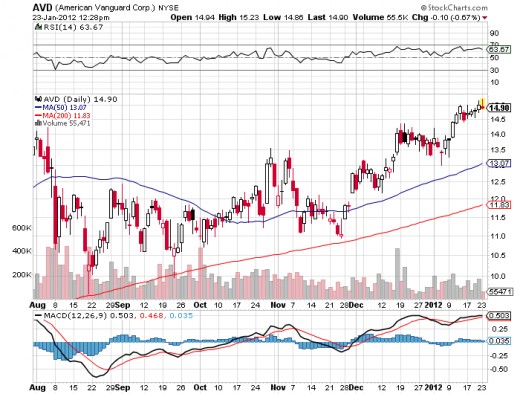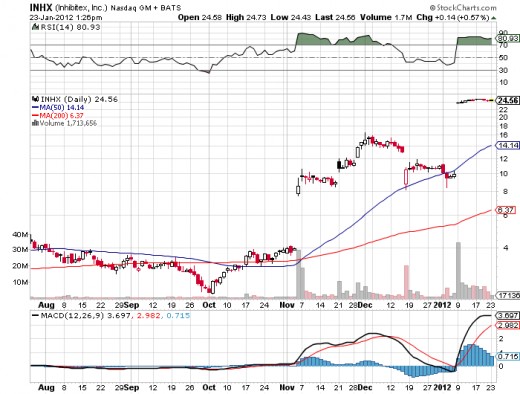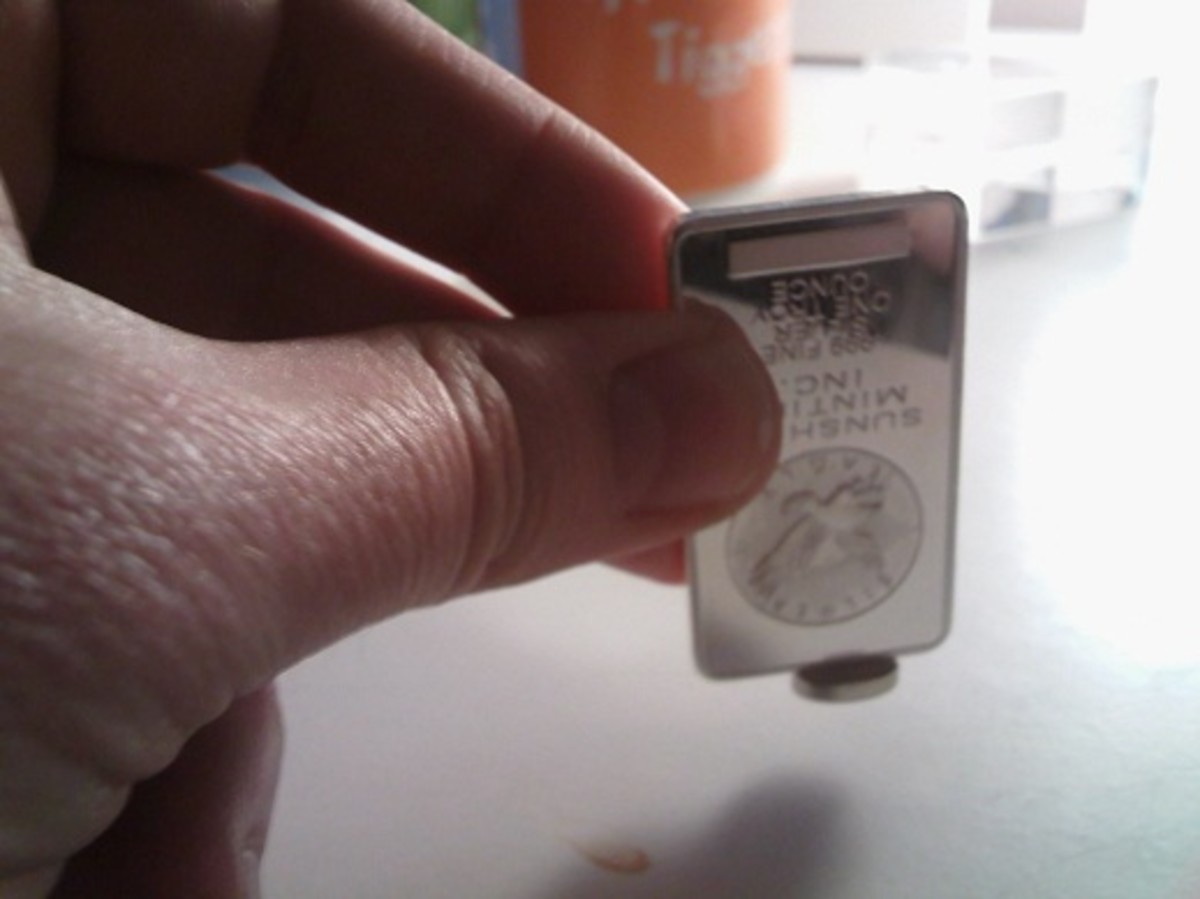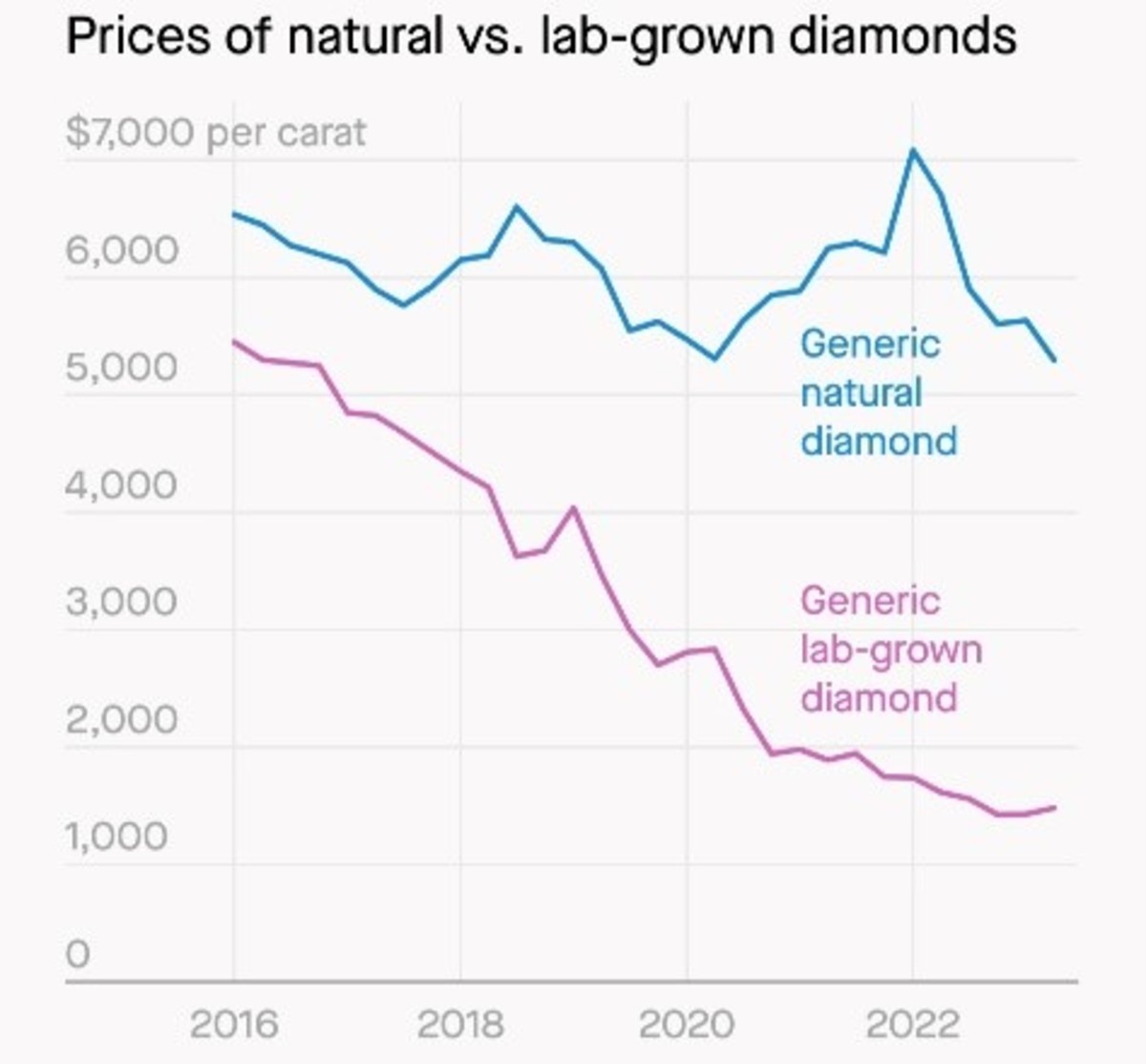A single mom approach to the stock market

This is a long overdue hub
If you don't mind this hub is written not with particular attention to editing or writing style. I am in need of putting into words what I've been doing as an investor for some seven or eight years now.
Some seasoned traders will find this hub too simple, which is my intention... to keep it simple.
Sharing my story in hope that you could find in it pieces where you can grab a hold onto the great world of investing and trading.
His death ignited my new life
My father passed away in 2001. Although he failed to renew his insurance on a timely basis, at least he left my brother and I $30,000 each.
I advised my brother as follows: "We were not expecting on our dad to die this soon (he was 59) so we weren't counting with this extra money. Take this money and divide it in three equal parts. Take one part and enjoy it, you ought to. Take another and pay as much debt as possible. Take the third part and put it away... don't touch it, just save it.
His money lasted him a good three months. He bought every single technology gadget, went on a cruise, made his house prettier... When he looked again, his money was air and dust.
I took my money, like I advised him. Paid as much debt as possible with a third of it. I did go on a cruise... and I opened an investment account. I figured that, since this was money that I wasn't expecting, I could afford a gamble. I opened an account with Brokerage America for $5,000. I took the other $5,000 and put in a long term CD for five years.
Thank you jasmith1
Before I continue I wish to thank jasmith1 for the inspiration on writing this hub. It is pretty hard for me to actually write about finances, although I adore the subject. It was her hub How To Manage Your Money For More Freedom what inspired me to actually sit down and tell a bit of my financial story.
Her hub is written the way I like them, in a simple yet effective tone. Make sure you stop by her hub and tell her I sent you! ;-)
Shopping in the (stock) market
When I first started investing, I was hooked on the concept of diversification. I was sold with this idea of do not put your eggs in the same basket. Bogus.
Plus, I did not have the slightest clue as to where to look for information. Warning: avoid information overload. Is not about having tons of information, is about having the information that you actually need, information you are able to use.
I started off buying small lots of 100 or so in about 12 different companies from a variety of industries. I had no idea about paying attention to the news, market indicators, like Dow Jones, etc.
I just dove in.
Usana Corporation (USNA) got me hooked
Before diving in the stock market like this, I used to be very active as a network marketing executive. So, I decided to start off with those multilevel companies that were trading publicly in the market.
That's how I found Usana, then trading for pennies on the dollar.
My then husband started nagging (and with good reason) that I was yet embarking on one of my other crazy ventures. I was really starting to dig the fact that I had to research the stock, and getting attune with the market news and such... checking my portfolio every day...
But his comments kind of made such impact on me that I stopped checking my portfolio. Some months passed by and I don't want to give the impression of being wealthy, I am just that absentminded, I almost forgot I had this account.
Until one day, I had the "a-ha!" moment, and logged in to check again.
I had to refresh the window like three times or so, to see that the USNA stock that I had bought for barely 0.65 was now $64.00!!! Oh my what? I sold immediately, I had bought only 200 stocks here, so I ended up with about nine thousand dollars.
Took this money, paired it up with some low interest credit card, made some house renovations.
Hooked.
Years later I went to retrieve my $5,000 certificate deposit. The bank told me I should be glad it had made $500.
The stock market is so like going to the beach
Before I get overly technical (I'm sure I will not be able even if I wanted to) visualize the stock market as going to the beach. At least that is what I did. When I was a little girl, I loved body surfing (still do). Getting in the rough water, getting rolled over by the waves, bumped on the sand, to stand up at shore and go at it again, wanting more.
That is exactly how I view the stock market. One stands there on shore, looking as far as possible to try to predict if the next wave is going to be a big one.
The stock market is in fact, basically trying to run on the latest trend.
The stock chart is one of my preferred ways to see if I'll be able to catch that wave.
The trend is your friend. -I am pretty sure this phrase must have some copyright. Make sure you don't forget it.
Recipe for researching those waves
This is how I do my research.
1. I start by going to www.investors.com I rely on them for sound suggestions. Be advised that my ultimate decision does not rely on information published by them but by personal criteria and the outcome of other indicators. In fact, it does not matter really how much information you are exposed or have access to, (remember beware of info overload) what do matters is that, when you finally make the decision to buy or close your position is an informed one, and knowing that you are absolutely responsible and the only one to blame for the outcome.
When I traded my $5,000 I made one very big one that sure paid off more than all of my loses. But I did lose money in the market. Did not go to my brother to blame him for not stopping me though. This is all me doing and deciding.
2. I go to www.stockcharts.com under candleglance because it allows to take a simultaneous look at all the stocks that I wish to research at one time, up to ten. Since my approach is to invest short term, I set the graphs not to top a year. I really focus on two to six months, but you want to take a peek as to where that stock has been before. Do not care about your entry price. The bargain is in the growth of the stock. Serves you no good to buy a "cheap" stock. There is a reason for the stock to be cheap.
This I learned from Mr. William O'Neill, via his book "How to Make Money in Stocks". I also learned from Mr. O'Neill that it was in my best interest to actually put my eggs in the same basket. The net growth of diversification is almost equal to money in the bank, no significant growth.
When I look at these graphs, I am first seeking for constant growth, new highs... Kind of a staircase. Those that don't fit this profile are cut out.
Often times this process leaves me with two out of ten stocks.
3. As I set aside the stocks that fit this, I then look at their volume. The volume is what could give that wave the size of a tide or make it a flub. Volume basically indicates institutional ownership on the stock. For example, this month Baxter (BAX) bought more than four billion dollars of shares for Inhibitex (INHX) at about $26.00 per share. The day that BAX made this transaction, the share was at about $9. What do you think happened to the share? A tsunami.
BAX heavily bought shares of INHX

First the technical, then the fundamental
To-ma-toes... To-mah-to... Some would argue that they rather start researching fundamentals. Fundamentals are basically the financial statements of the corporation. Net income, revenue... You want to, again to see these numbers going up in the last few years.
Also check for the debt ratio, which is the number that tells how much the company relies on debt to finance its assets. Preferably, this number should be one or less than one.
Companies that pay dividends even if you do not plan on keeping them long term. Companies that pay dividend frequently are those with sound financial practices. Not saying that companies that do not pay dividend are bad. In fact, there is no thing as a bad or good company (we are talking finances here, not social issues) like there is no thing as a bad or good stock. I own stock of companies that do not pay dividend, as well as of companies that pay dividends, just relating it as an indicator.
More to come
I should be coming back to further enhance this hub. For now, I sure hope that you find it useful. Especially if, like me, you are that single mom that wonders if she can make it in the stock market while doing the dishes or, like I am right now, rushing out to pick up her children from school.
You sure can!
Stock research emergency kit
- Google Finance: Stock market quotes, news, currency conversions & more
Get real-time stock quotes & charts, financial news, currency conversions, or track your portfolio with Google Finance. - STOCKS & COMMODITIES magazine
Technical Analysis of STOCKS & COMMODITIES is the magazine for traders -- and traders-to-be -- who want to play the markets with a concrete game plan - Barchart.com - Commodity, stock and forex; quotes, charts & analysis
Barchart.com Inc. is the leading provider of intraday stock and commodities real-time or delayed charts with powerful indicators and technical analysis. Search for stocks, commodities, or mutual funds with Barchart.com Inc. sophisticated screening en - Investopedia – The Web’s Largest Investing Resource
Investopedia is a premiere resource for investing education, personal finance, market analysis and free trading simulators. With a comprehensive financial dictionary, exam preparation materials and active trading strategies, Investopedia is a leadin - FreeStockCharts.com - Web\'s Best Streaming Realtime Stock Charts - Free
Live streaming FREE stocks!







